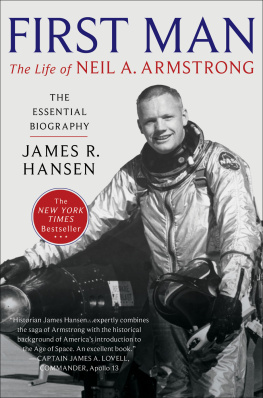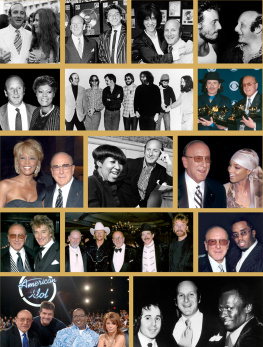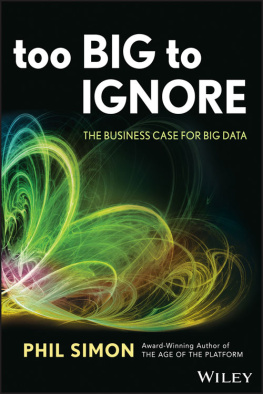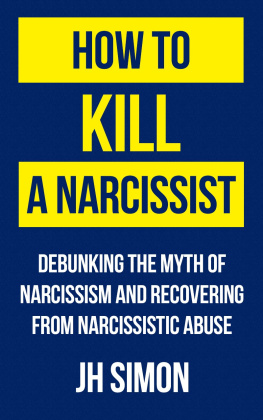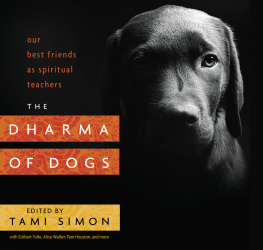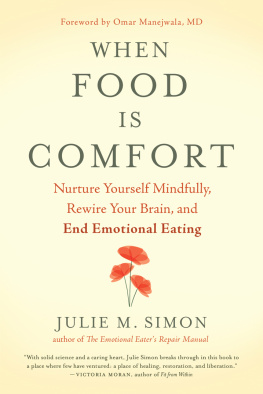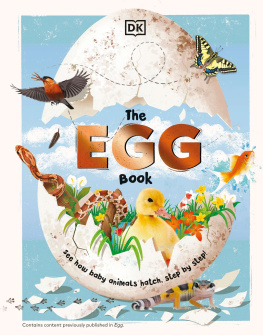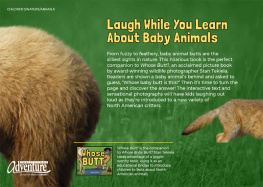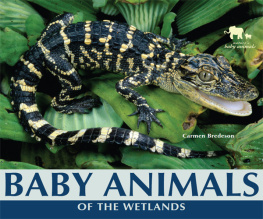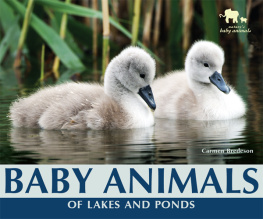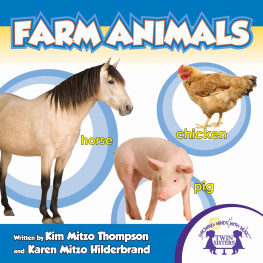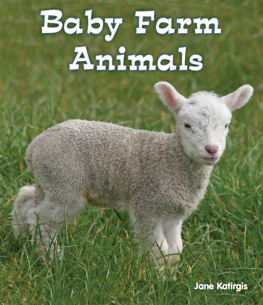This book is dedicated to Chloe and Jeremy.
Beginning readers are at the perfect age to start reading and learning about the wonderful world around them.
No matter what their age or reading ability, children will learn about their favorite topics while improving reading skills and developing a lifelong love of reading. Choose the level thats right for your child.
From little animals to giant machines, from earths wild weather to the mysteries of space, get ready to explore infinite worlds with your children and SeeMore Readers.

Baby animals live all over the world.

A baby horse is called a foal. Right after a foal is born it tries to stand on its feet. In an hour it can walk around.
By the next day a foal can run and kick its hooves in the air.

A mother lion gives birth to two or three cubs at one time. The newborn cubs weigh about three pounds each. The mother feeds them milk and little bits of meat. By the time the cubs are a year old, they are hunting with older lions.
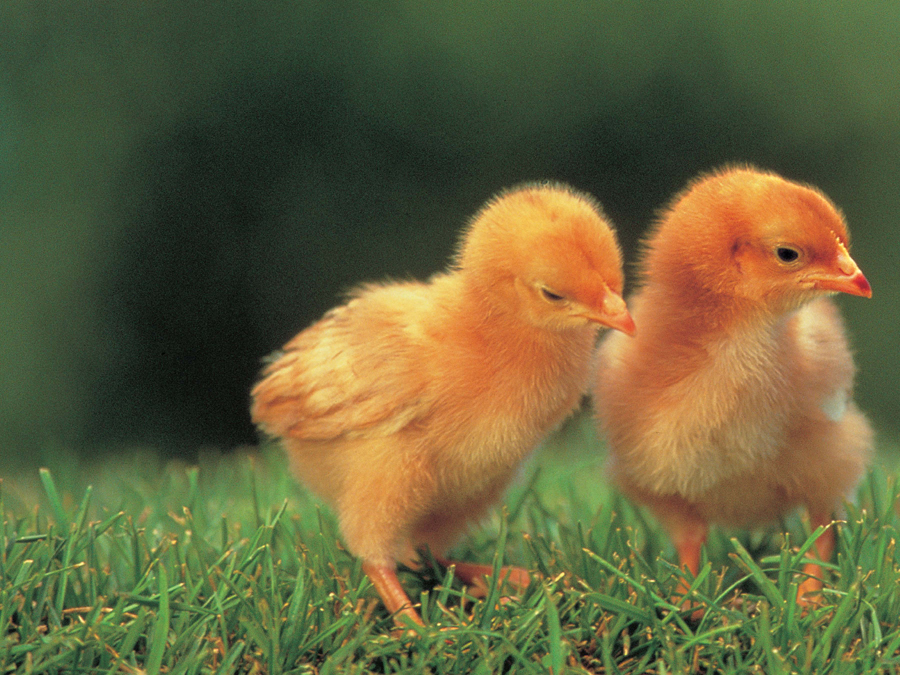
A baby chick hatches from an egg laid by a mother hen. Chicks eat grain and seeds. But chicks have no teeth. So they swallow tiny stones to help grind up their food.

Baby pigs are called piglets. They will gain more than 200 pounds in just six months. Piglets like to roll in the mud. The mud keeps them cool.
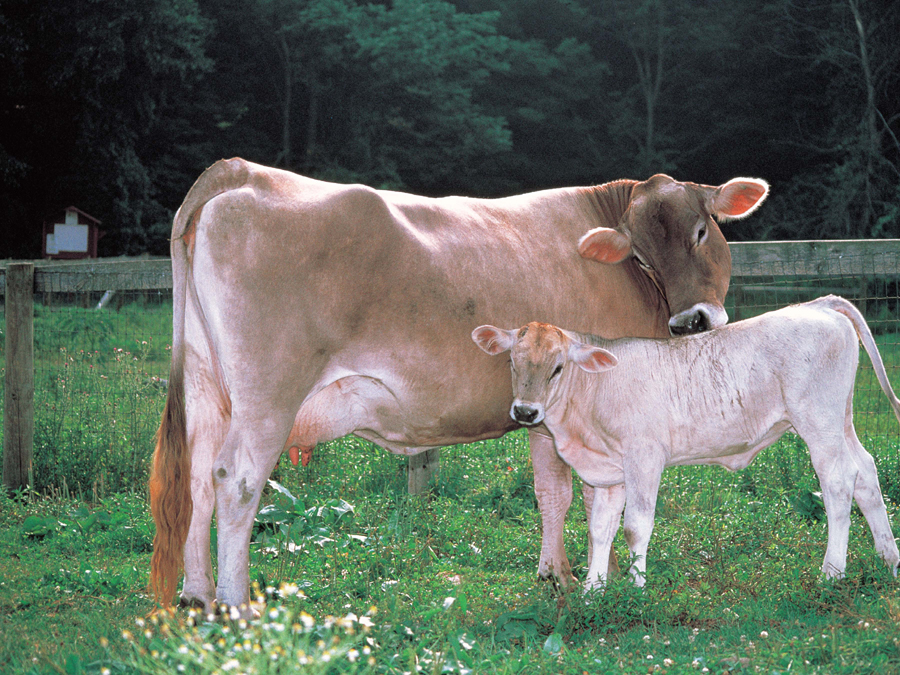
A baby cow is called a calf. Calves drink milk from their mothers.
When they grow up they eat grass or hay.

A humpback whale baby is also called a calf. It is 12 feet long at birth.
In one day the calf drinks 100 gallons of milk and gains 200 pounds.
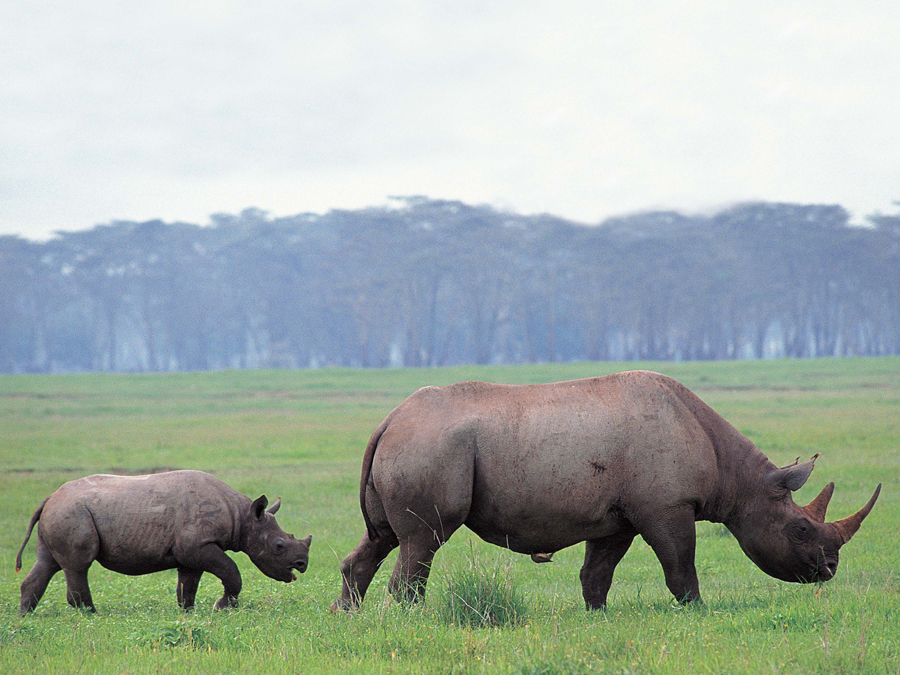
A rhino calf weighs over 100 pounds at birth. It begins to eat grass, leaves, and bushes at one week old.
Mother rhinos weigh over 2,000 pounds. Thats as much as 20 baby rhinos.
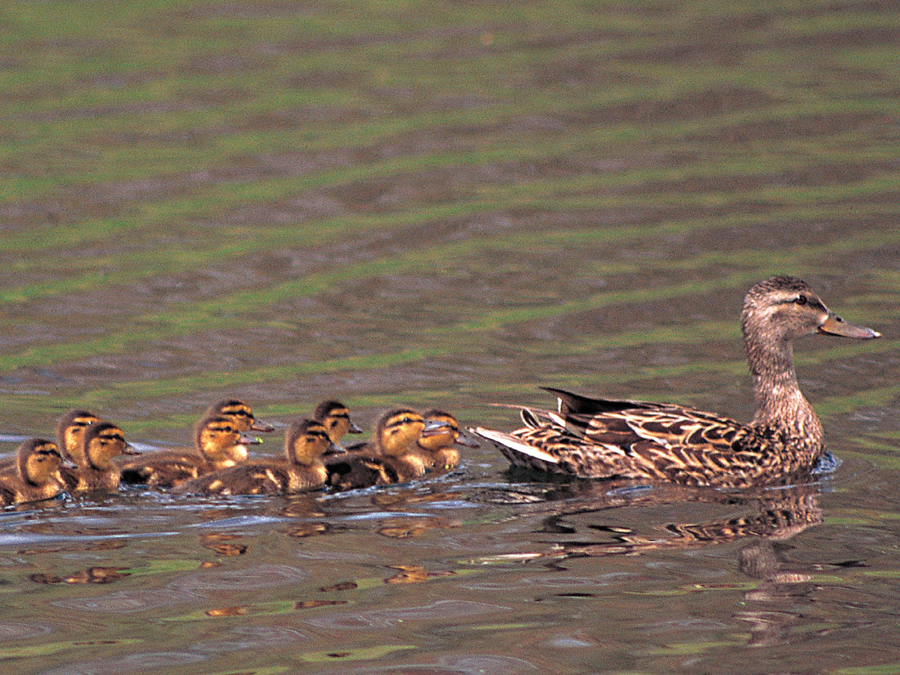
Right after they hatch from eggs, ducklings follow the first moving thing they see. Usually ducklings follow their own mother. But if they see you first, they will follow you instead.
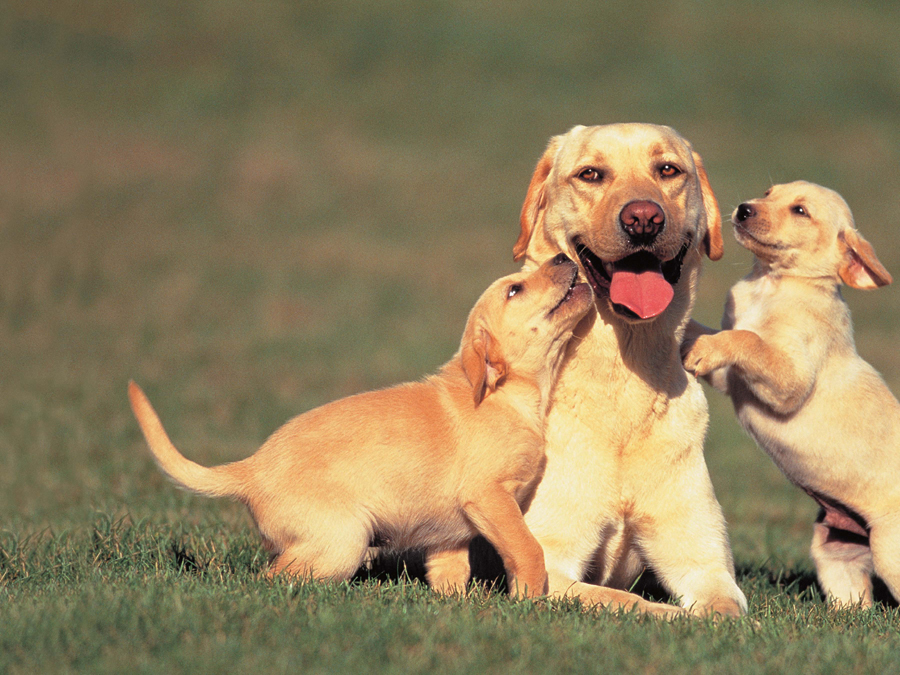
Puppies are born blind and deaf. But they begin to see and hear after a week or ten days.
A puppys sense of smell is over 100 times better than a persons.
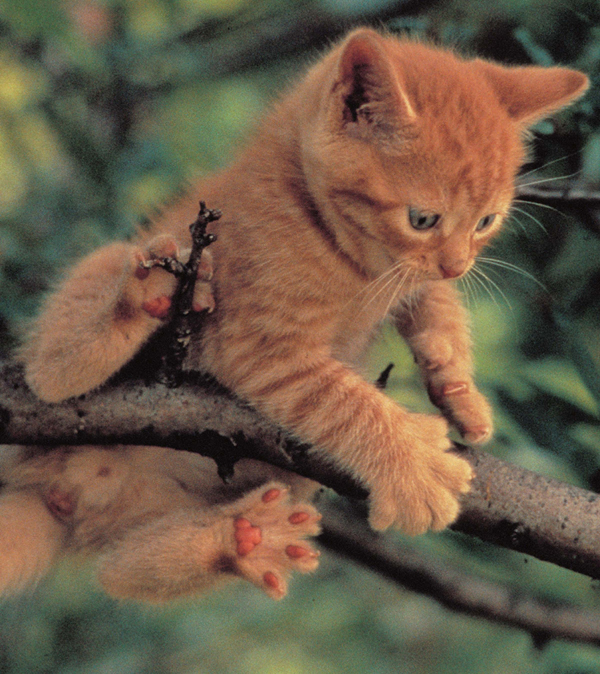
Like puppies, kittens are born blind and deaf and unable to stand.
After three weeks, they can see, hear, and walk. They play at hunting and catching.
After eight to ten weeks, kittens can take care of themselves without their mothers help.
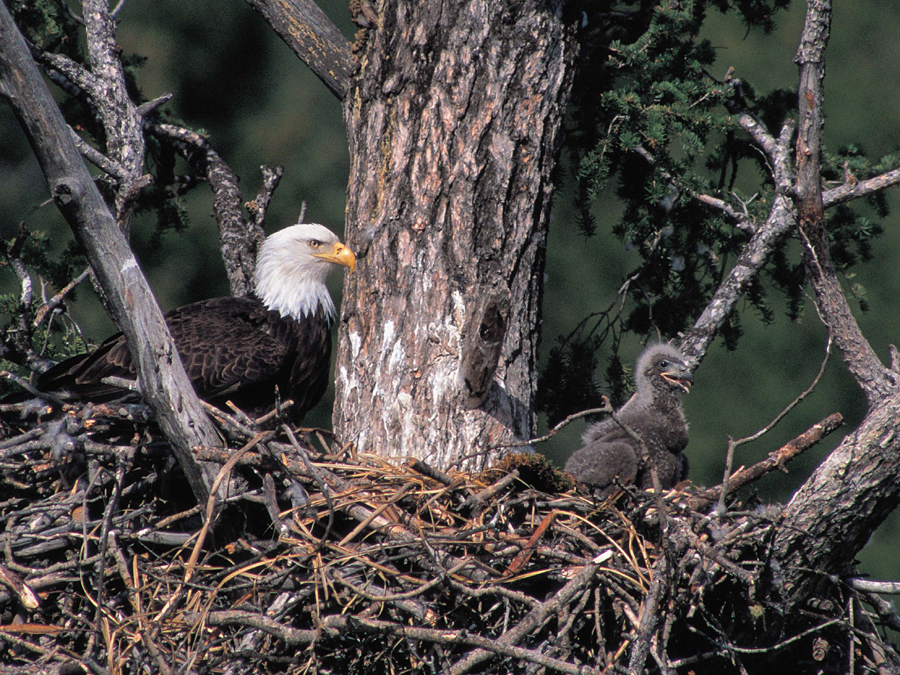
Eagle parents protect their eggs in a nest until they hatch.
The nest is built of sticks and may weigh 1,000 pounds or more. Baby eagles grow to be the size of their parents in just two years.
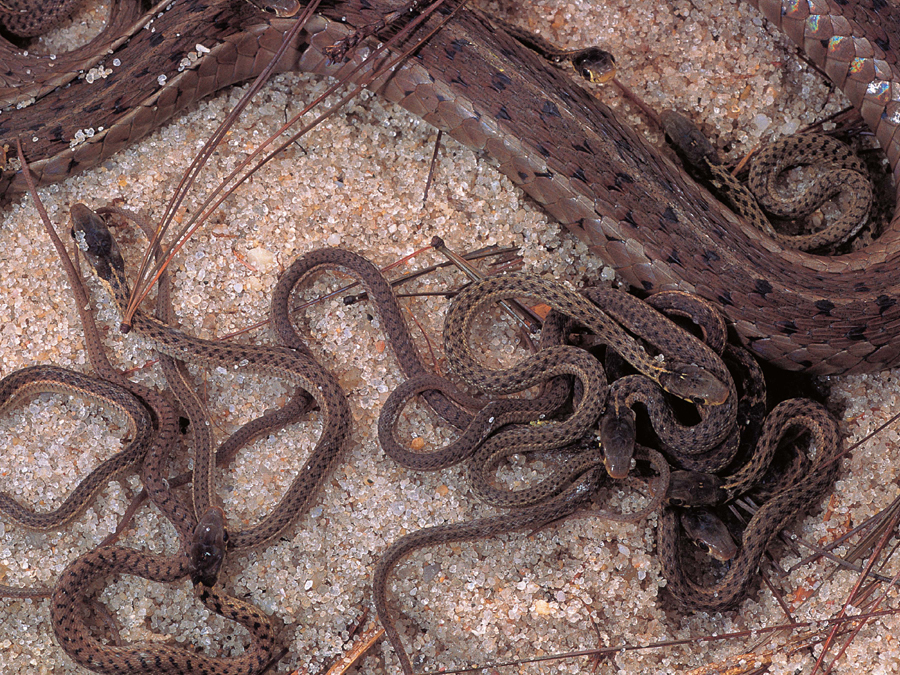
A mother garter snake gives birth to 20 or more baby snakes.
Young garter snakes are about the size of a pencil. Mother snakes do not take care of their babies. The babies start to hunt for worms, frogs, and fish as soon as they are born.
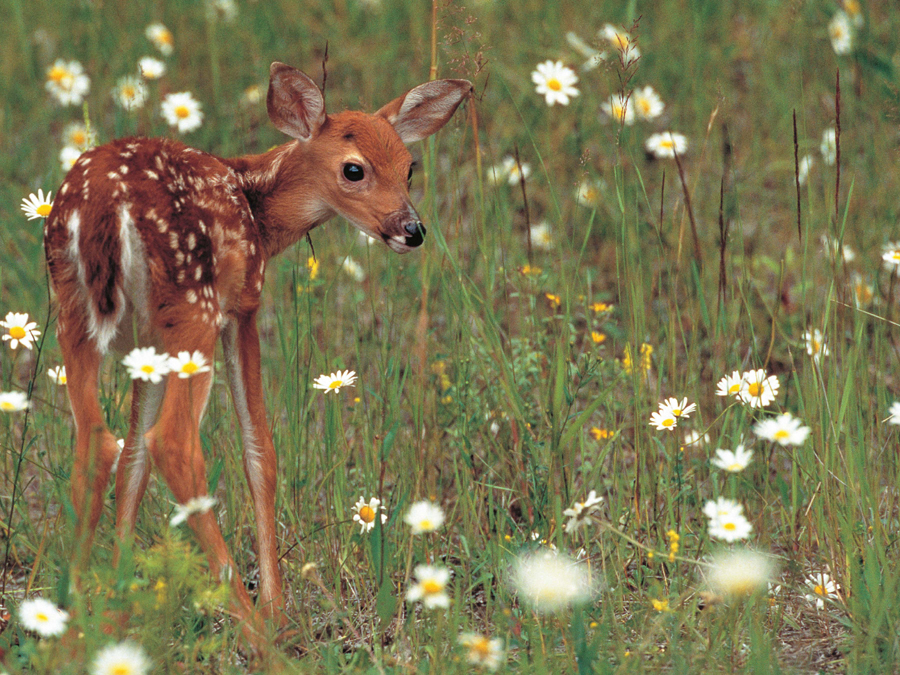
Baby deer are called fawns. Fawns are not often seen. They hide quietly in tall grass or in bushes. Their light-spotted brown fur blends in well with the leaves and twigs.
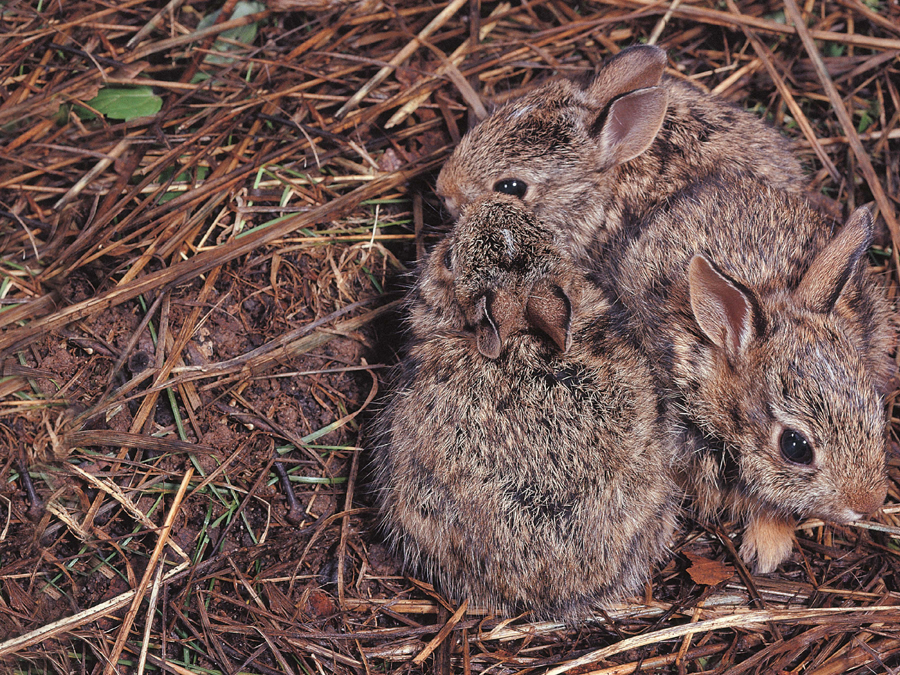
Baby rabbits are also called fawns. A mother rabbit has about eight baby fawns at one time. Each baby is only about one inch long. You could hold all of these fawns together in your two hands.
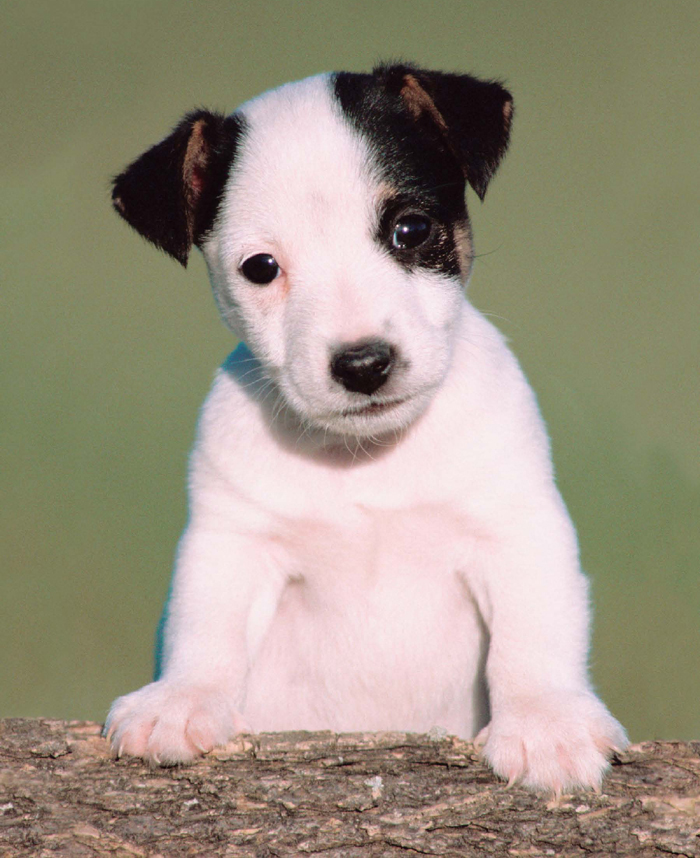
All over the world, baby animals are playing, growing, and learning how to survive.
SEYMOUR SIMON is a former teacher and the author of more than 200 science books for children, more than half of which have been named Outstanding Science Trade Books for Children by the National Science Teachers Association. In addition to his series about the human body, space, and natural phenomena, Mr. Simon has written numerous books about earths most compelling creatures, including Whales, Gorillas, Sharks, Wolves, and Crocodiles and Alligators. He is also the author of Animals Nobody Loves and Out of Sight: Pictures of Hidden Worlds.
Mr. Simon is the recipient of many awards honoring the body of his work, among them the Washington Post/Childrens Book Guild Award; the Hope S. Dean Memorial Award, presented by the Boston Public Library; and the Knickerbocker Award for Juvenile Literature, presented by the New York Public Library Association.


